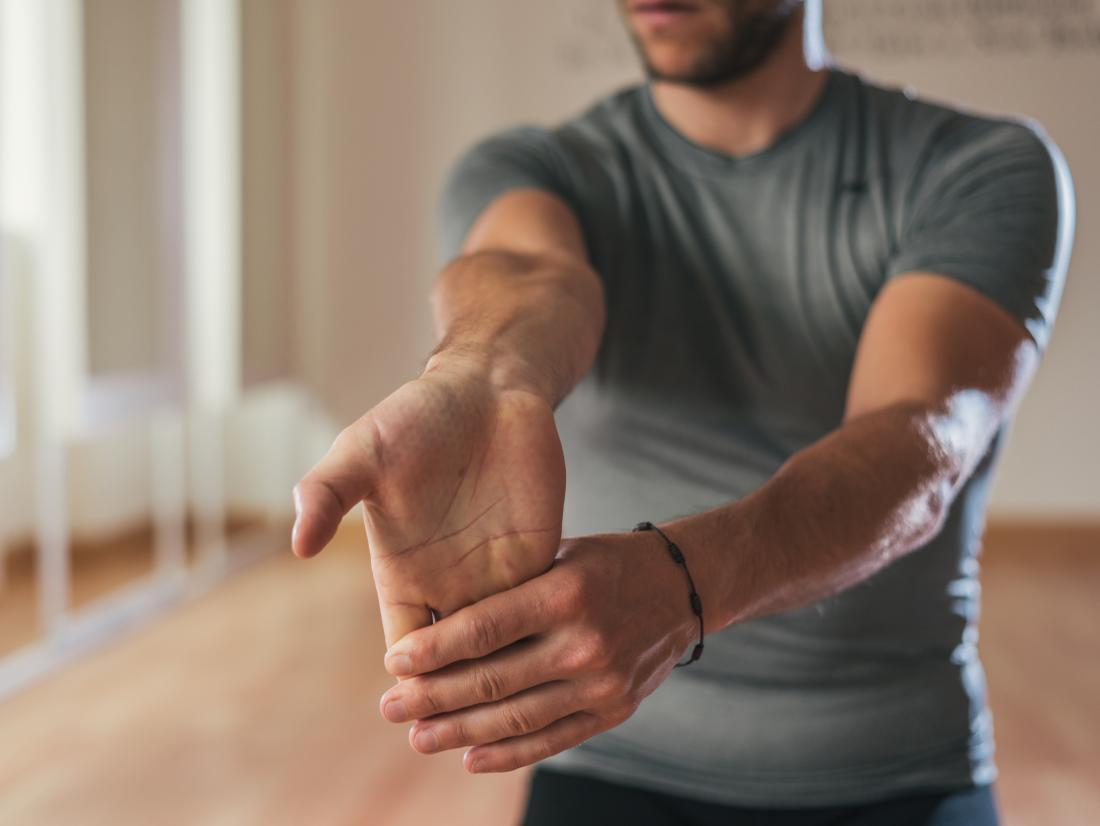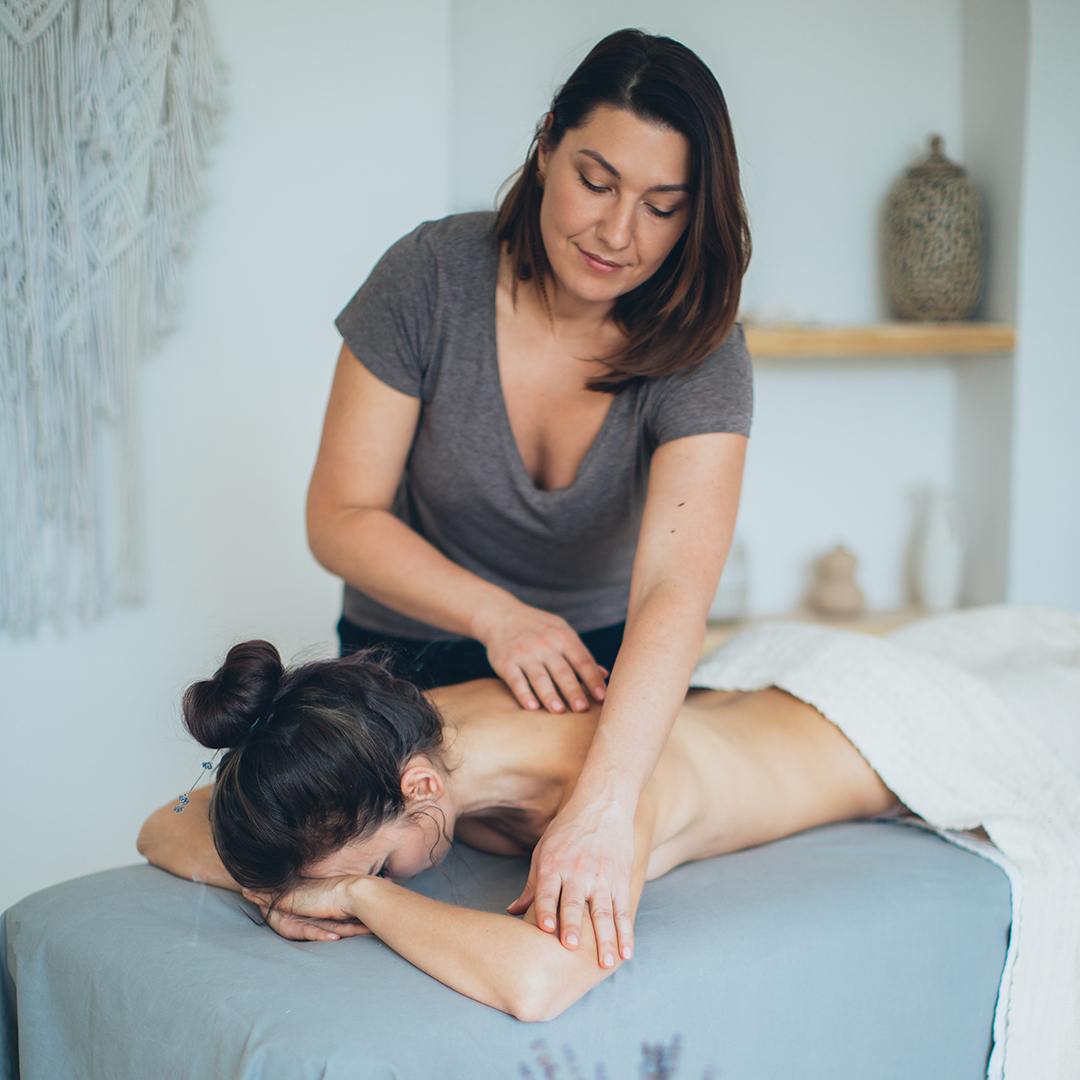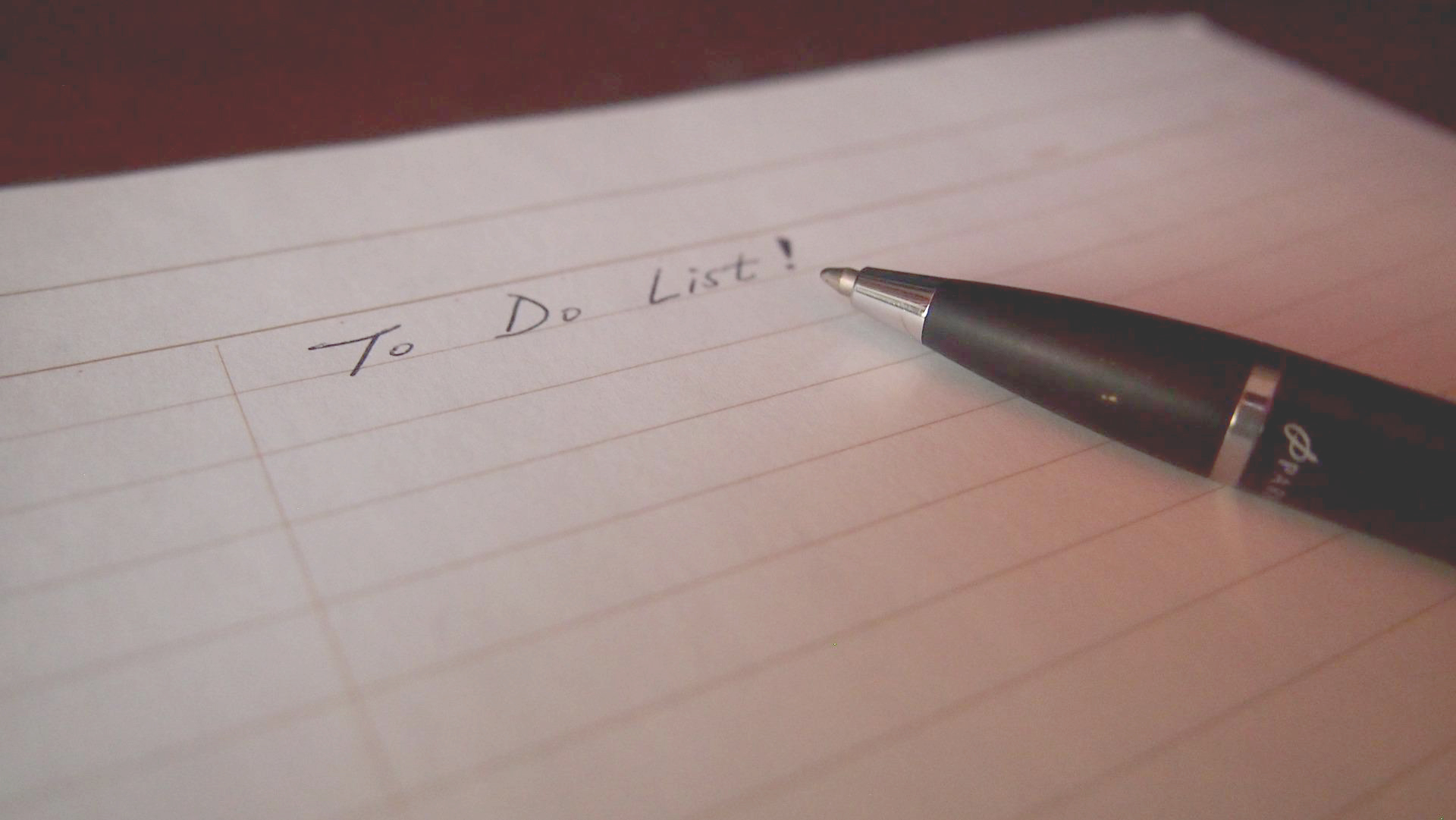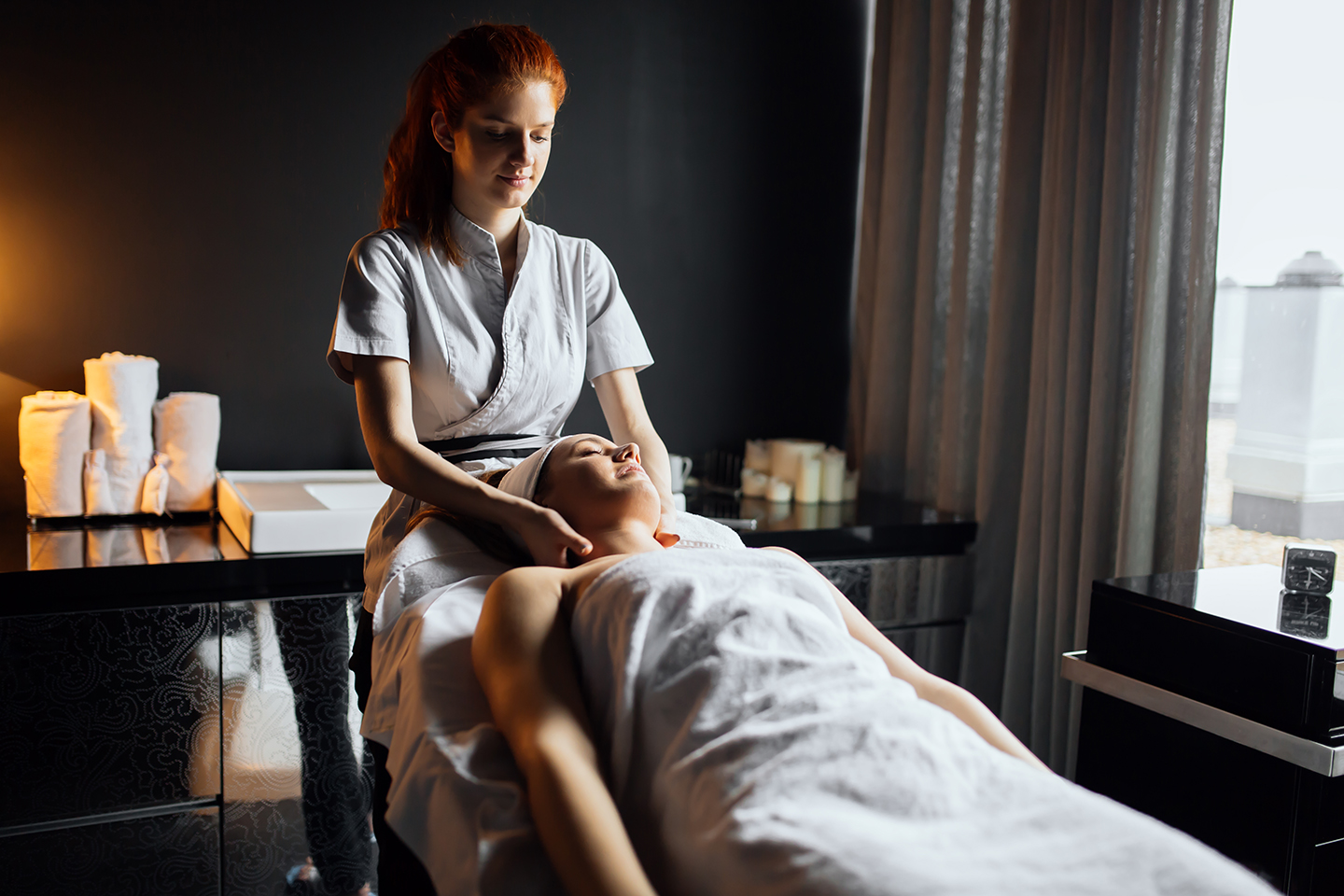For many people, a career in massage is a dream come true! Healing others, calm work environments, and flexible hours—what’s not to love? Well, without proper self-care, injury can strike, debilitating therapists. As a leading Pacific Northwest massage school, we are dedicated to supporting all aspects of the massage therapy profession, including injury prevention.
As it turns out, therapists are especially prone to injuries in the hand, wrist, and forearm areas. That’s not too surprising, since these are some of the most commonly used tools at a therapist’s disposal. However, the prevalence of forearm, wrist, and hand pain may surprise you. A survey of 501 massage therapists found that 80% reported wrist or thumb pain related to their work. If unaddressed, such pain may lead to incapacitating injuries including carpal tunnel syndrome, saddle joint injuries, and trigger thumb/finger.
Prevention is always preferable to post-injury healing. That’s why we’re presenting the following warm up exercises to help LMTs prepare for each enriching, injury-free workday.
Quick Warm-Up for Wrists and Hands
Even if you only have a minute or two, it is smart to do a few movements to bring fluid to your joints and loosen up muscles, ligaments, and tendons. The wrists and hands are some of the most complex joint structures in the body, with many moving parts in a limited area.
To quickly warm up between sessions, rotate your wrists, and open and close your hands for a minute or two. Finish with shaking out your hands for about ten seconds.
Quick Forearm Warmups for Massage Therapists
Once you get the hang of these movements, they can be done in just a minute or two. Use these exercises to refresh your forearms between massage sessions.
- Grasp the forearm of one arm with the palm facing up. Flip the wrist to face down. Continue this wringing out motion along the length of the forearm, and repeat from the wrist to the elbow two or three times. The pressure can be moderate; the point here is to get the tissues to move in a different way than they usually do. This will wake up nerves, create heat, and increase circulation in the forearm.
- Cup a palm and place it on the thumb side of the opposite forearm. Take the wrist of the gripped forearm through its range of motion. Repeat along the length of the forearm, and then do the same on the pinkie side of the forearm. Use the thumb if you’d like increased coverage. This exercise creates a pin and flex action, and as a bonus, the hand that is massaging the forearm is also getting a warmup.
If you have more time, add more exercises. The following hand and wrist warm-ups would be a good routine to start a workday.
Hand Warm-Ups for Massage Therapists
- Massage each finger from the knuckle to the fingertip.
- Push a fist into the other palm, bringing strength to each hand.
- Hold a foam ball of medium softness between the thumb and first finger. Squeeze ten times. Then continue with the rest of the fingers.
- Interlace your fingers behind your low back. Pull your interlaced knuckles up behind you while keeping your chest lifted. (This will also strengthen and stretch your arms, shoulders, and hands.)
Wrist Stretches for Massage Therapists
- Bring your palms to touch in front of your chest. Push one hand against the other, tick-tocking the fingertips from side to side. This will make your wrists strong and supple.
- Lay one arm on a table, palm facing up. Roll a ball of medium softness over the wrist and forearm, using circular movements to explore between the radius and ulna. Apply moderate pressure to the wrist extensor mass. Repeat with the other arm.
- Clench your hands into tight fists or grasp a small bar; count to ten. Repeat three times.
- While kneeling, place your palms down on the floor in front of you, with the fingers facing toward your knees. Hold for thirty seconds while applying gentle pressure. To release, shake your hands.
- Extend your arms, palms facing down. Use one hand to pull back the fingers of the other hand, lengthening through the fingers and wrists as much as possible. Maintain the stretch for twenty seconds, and then switch to the other hand.
Here are a few more general tips to keep in mind to protect your hands, wrists, and forearms from injury:
Avoid Non-Neutral postures. The Atlantic College of Massage Therapy’s studies on manual therapy reveal that, over time, non-neutral postures increase the risk of musculoskeletal injury for massage therapists.
Keep Wrists Straight. According to Save Your Hands! author Becky SanGregrio, massaging with a bent wrist “stretches muscles and tendons and puts everything out of alignment.”
Consider using a massage tool rather than ravaging your thumb. Speaking with the AMTA, SanGregorio explains, “For every pound of pressure that a massage therapist applies with their thumb, there can be 10 to 12 pounds of pressure concentrated on the CMC joint,” the carpometacarpal joint which makes the thumb opposable. Rather than applying 10 pounds of pressure on a sticky trigger point (ad thereby exerting up to 120 pounds on their CMCs), therapists can use a larger joint, such as the elbow, or use a massage tool.
Take 15-Minute Breaks Between Sessions, at a minimum, to allow the dissipation of built-up tension.
Be Aware of your Limits. Pay attention to how many massages you can perform in a day and week without feeling exhausted and in pain.
Finally, general self-care is always important. Hydrate, sleep well, and eat nutritious food. If your forearm, wrist, or hand feels stiff at night, these exercises are good to do before icing the area.
For more in-depth information about massage therapist self-care, we encourage you to follow the CE offerings at our massage school. Portland, OR therapists will find a plethora of interesting courses tailored specifically to their needs. Visit our massage continuing education page for details on dates and classes.




